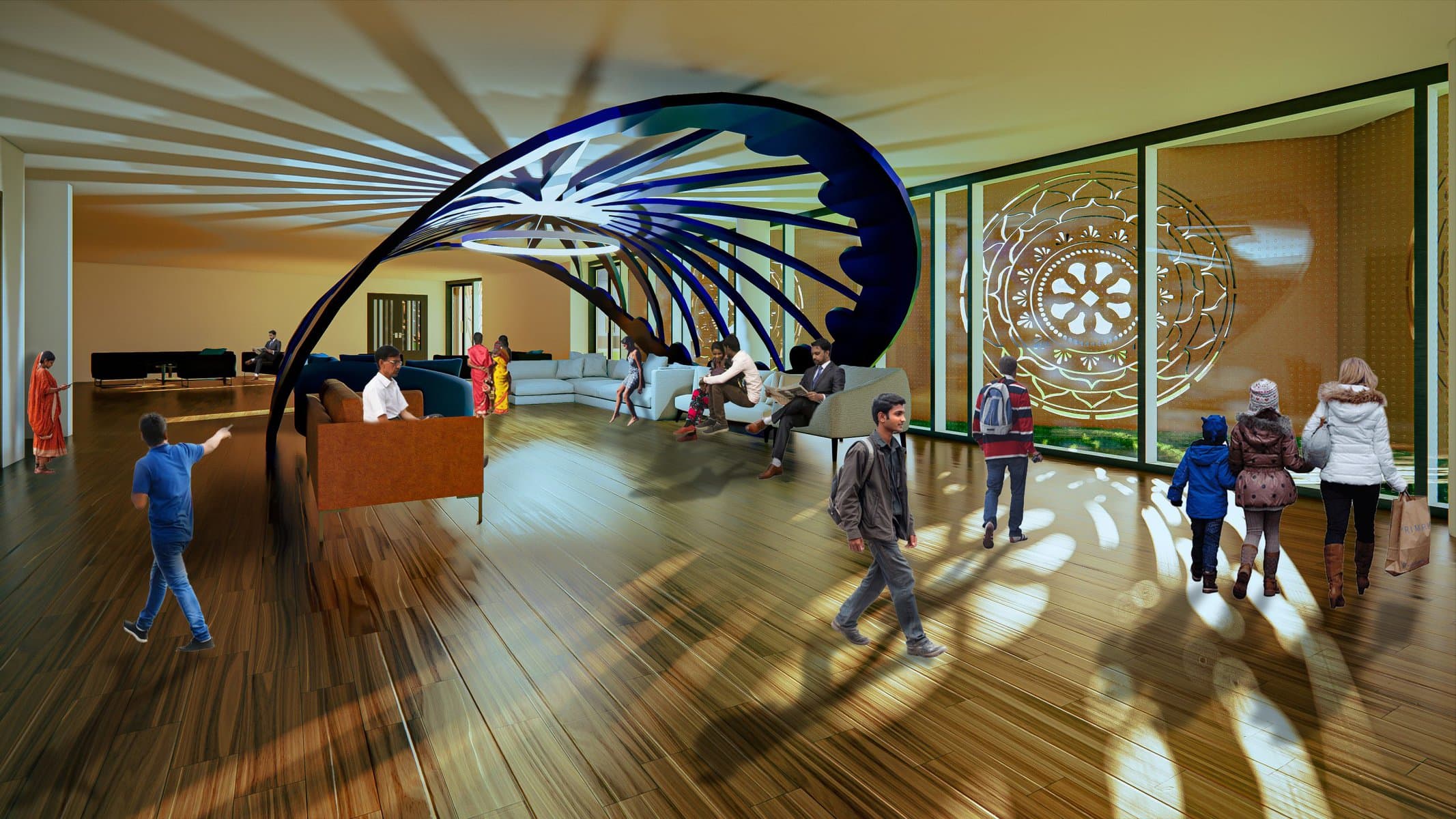PowerPlay: Reimagining Urban Life through Sport, Energy, and Ecology
Blurring the Boundaries Between Play, Power, and Place in Mohamed Chemali’s Visionary Civic Project
A Fresh Voice from Westminster
Emerging from the creative crucible of the University of Westminster, Mohamed Chemali is already capturing the attention of London’s architectural community. Recently graduated with a 2:1 and now stepping into the profession as a Part I Architectural Assistant, Chemali pairs the analytical grounding of his academic training with an imaginative boldness rarely seen in early-career designers.
His latest project, PowerPlay, positions him firmly at the nexus of architecture, environmental optimism, and social engagement. Conceived as a speculative proposal, PowerPlay goes far beyond traditional environmental design, experimenting with how communal sport, renewable energy generation, and ecological learning can intersect to create genuinely regenerative urban systems.
A Regenerative Urban Ecosystem
At its core, PowerPlay is an ambitious vision for a new kind of urban civic infrastructure. The project unfolds in the heart of English Sunday League football — a place already teeming with community identity. But Chemali asks us to look deeper, using the rhythms and rituals of grassroots sport as the engine driving a more profound transformation of the city.
PowerPlay’s architectural centrepiece is a district-scale biomass cogeneration plant. Unlike monolithic industrial facilities that are walled off from public life, this plant is radically transparent and embedded in the everyday experience of the neighbourhood. It functions as both the beating heart of energy production and a public forum, harnessing the organic waste produced locally, much of it from nearby sports fields and parklands, to generate heat and electricity.
But what truly sets Chemali’s proposal apart is its integration of kinetic sports infrastructure. PowerPlay reimagines pitches, courts, and tracks not just as settings for physical activity, but as active participants in the urban metabolism. Kinetic flooring and energy-harvesting equipment transform players’ movements — the passes, sprints, and goals of Sunday League matches — into quantifiable, renewable power. This energy, in turn, circulates throughout the district, directly supporting public amenities and feeding back into the system that nourishes both sport and society.
Learning from Living Systems
In dialogue with pioneers like Michael Pawlyn and the principles of regenerative design, Chemali positions PowerPlay as a living system. Here, architecture metabolises more than just materials— it digests social movement, waste, energy, and participation, turning each into an input for the city’s ongoing health.
The project doesn’t stop at technical ingenuity. Running alongside the energy plant and sports spaces is a suite of ecological learning environments: communal gardens, open-air classrooms, and wetland habitats. Visitors encounter information and activities that tie together climate literacy, local biodiversity, and the science underpinning energy production. By seamlessly combining recreation with environmental education, Chemali encourages residents to become active stewards of their urban environment.
Social Activation and Urban Identity
PowerPlay’s genius lies in its ability to unite discrete elements — energy, sport, and education — into a single architectural gesture. The project’s masterplan blurs thresholds, with boundaries between private utility and public amenity intentionally porous. Instead of the typical NIMBY resistance to infrastructure, Chemali engineers a sense of civic complicity: the more a community participates, the more robust its shared urban “ecosystem” becomes.
Crucially, PowerPlay is sensitive to the rhythms and rituals that make English Sunday League football so beloved. The project honours these traditions while giving them renewed, future-focused purpose. Chemali’s vision positions sport not simply as entertainment or exercise, but as a catalyst for wider environmental and social activation.
A Catalyst for Further Conversation
While speculative, PowerPlay taps into some of the architecture profession’s most urgent conversations: the interface between civic life and green infrastructure, the role of public participation in energy systems, and the capacity for design to forge resilient, self-improving communities.
Chemali’s work invites us to reconsider what counts as civic architecture in the age of climate urgency. What if our stadiums, pitches, and urban parks weren’t just sites for competition — but engines for ecological stewardship and shared prosperity?
Connect with Mohamed Chemali
For those intrigued by the possibilities unlocked in PowerPlay, or for anyone wishing to open a discussion on regenerative urban futures, Mohamed Chemali is eager to connect with others in the profession and wider community. Reach out to him on LinkedIn (search ‘Mohamed Chemali’) or send an email to mohamedchemali23@gmail.com to start a conversation about sport, energy, and the future of city life.
Chemali’s powerfully integrative vision is not just a blueprint for a single site — it’s an invitation to imagine how cities everywhere might look if architecture truly metabolised life itself.












Add a comment